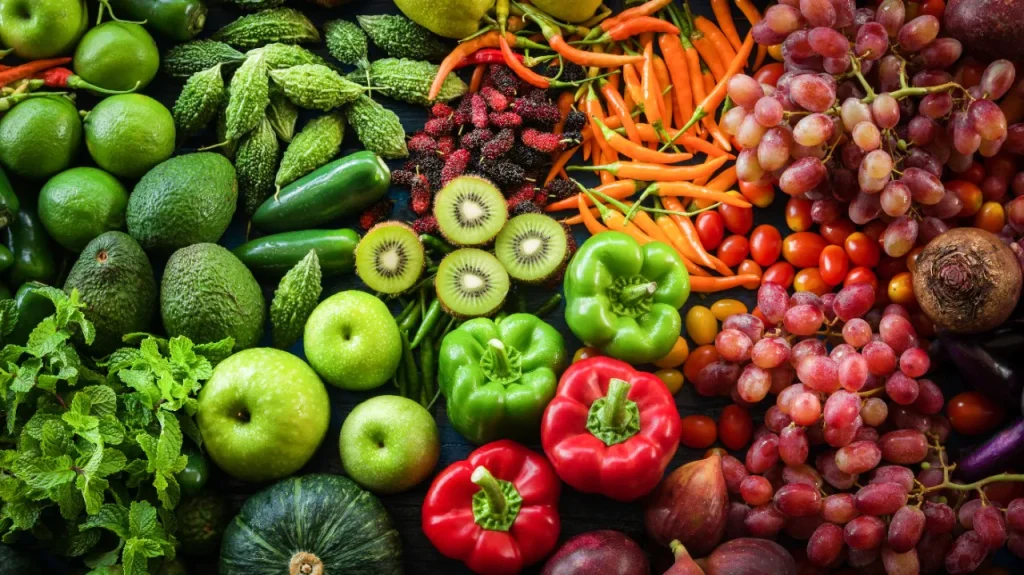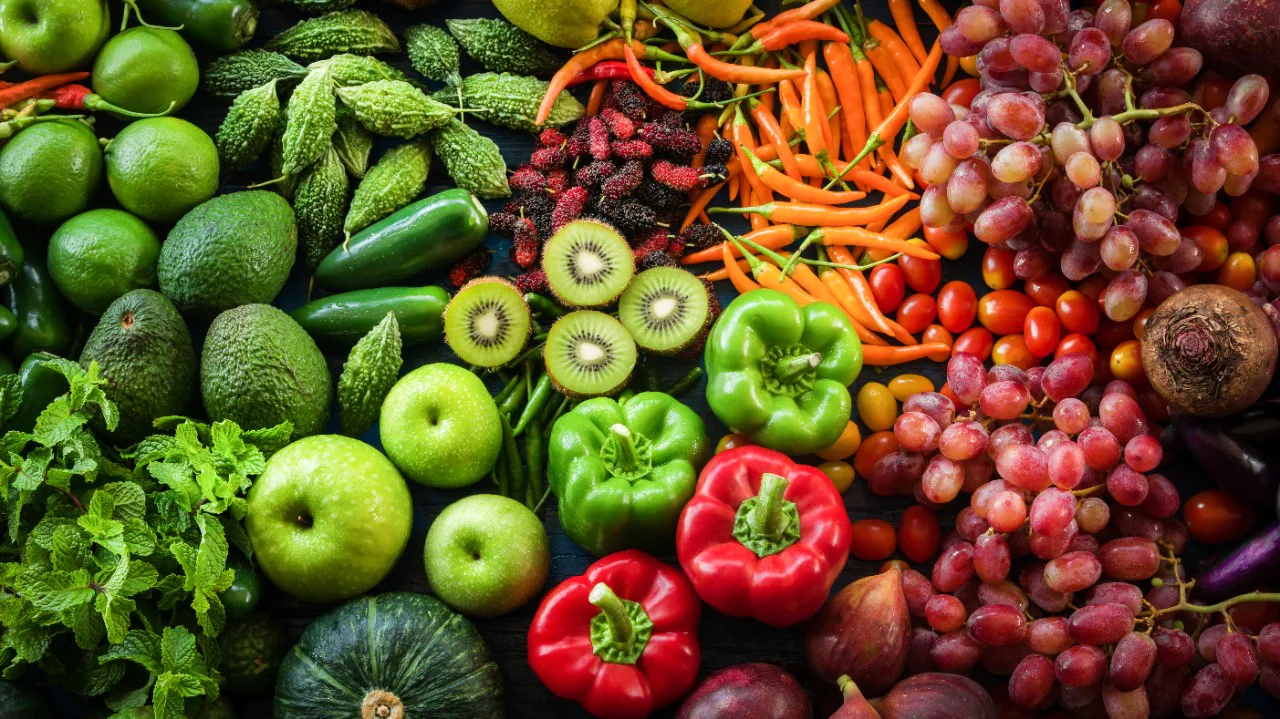
Intuitive Eating is quickly becoming a recognized approach in the field of nutrition. As its popularity rises, so do inquiries and interest. Part 4 of this Q&A dives deep into aspects of intuitive eating, addressing questions on the various kinds of hunger, strategies for success on this journey, and the role of exercise in intuitive eating. Dive into the insights and suggestions I’ve provided below!
Intuitive Eating Insights & Discussion: Part 4
Previous segments like Part 1, Part 2, Part 3, and Part 5 of this series delved into areas like managing cravings, the integration of nutrition into intuitive eating, tackling feelings of guilt, and many other facets. The influx of questions has been amazing, and I’m eager to present Part 4 of our Intuitive Eating discussion. For any other questions you might have, please drop a comment, and I’ll address them in a forthcoming blog piece.
Whenever I crave something, even if I’m not physically hungry, how should I act?
In essence: if a certain food appeals to you, indulge in it. But do so consciously – make a deliberate decision to eat and savor it, being aware of its flavor and your feelings. Engaging actively before, during, and after consuming food can fortify the bond between the mind and body. A frequent oversight by those new to intuitive eating is assuming they should eat solely when they’re biologically hungry. But eating is driven by various impulses:
- Taste Hunger: Craving a food simply because it’s tempting or fits a situation (like birthday cake at a celebration).
- Practical Hunger: Consuming food when you’re not exactly hungry but anticipate a long gap before your next meal, helping to sidestep extreme hunger and mood swings later.
- Emotional Hunger: Using food as a way to manage challenging emotions like sadness or boredom. It’s alright to eat emotionally sometimes, but it shouldn’t be your only way to cope.
Unconditionally permitting yourself to eat any food is a key step in reconciling with food. Initially, you might eat certain foods when not hungry. But as trust builds, these cravings may decrease. A side note: I’m wary of terming foods as “treats” since it insinuates rarity and thus makes them even more desirable, leading to possible feelings of guilt when indulging.
Having practiced intuitive eating for a while, I now allow myself to eat freely. Yet, I still encounter diet-centric thoughts inducing guilt. Given my progress, how can I maintain my positive trajectory?
Understand that intuitive eating is an evolving journey. It lacks strict rules or a final destination. When diet-inspired thoughts emerge, confront them with inquisitiveness, not criticism. Reflect deeply on them, asking:
- What recent events might be intensifying these thoughts?
- Is there a reason I’ve been craving certain foods more?
Diet culture’s embedded notions often create the guilt surrounding food choices. Diet regimens dictate arbitrary dos and don’ts, making individuals feel they might lose control or need to compensate through workouts or dietary restrictions.
Reflecting on your progress over weeks or months can be enlightening (a technique I employ with all my clients). Be kind to yourself throughout this journey. Consistent application of intuitive eating principles will strengthen your body’s trust, reducing the urge for certain foods.
I’ve always linked exercise with weight loss. I fear resuming workouts might push me back to diet-focused thinking. Can intuitive eating principles be integrated with exercise?
Absolutely, exercise can harmonize with your intuitive eating journey. It’s even one of its foundational principles. The anxiety around exercise often stems from its association with dieting and weight objectives. Rather than obsessing over external motivators like calories or weight, see exercise as self-care. Ask yourself if the activity:
- Boosts your energy?
- Enhances sleep quality?
- Assists in managing emotions or stress?
- Enhances overall well-being?
Select activities you genuinely enjoy and which invigorate your body, instead of punishing it for eating something. Abandon the extreme “all-in or not-at-all” approach. Recognize that all forms of movement benefit your body, without necessitating lengthy gym sessions. Explore and find what movements bring you joy, whether through classes, online resources, or trainers. For deeper insights, you might find the post on Intuitive Exercise of interest.




